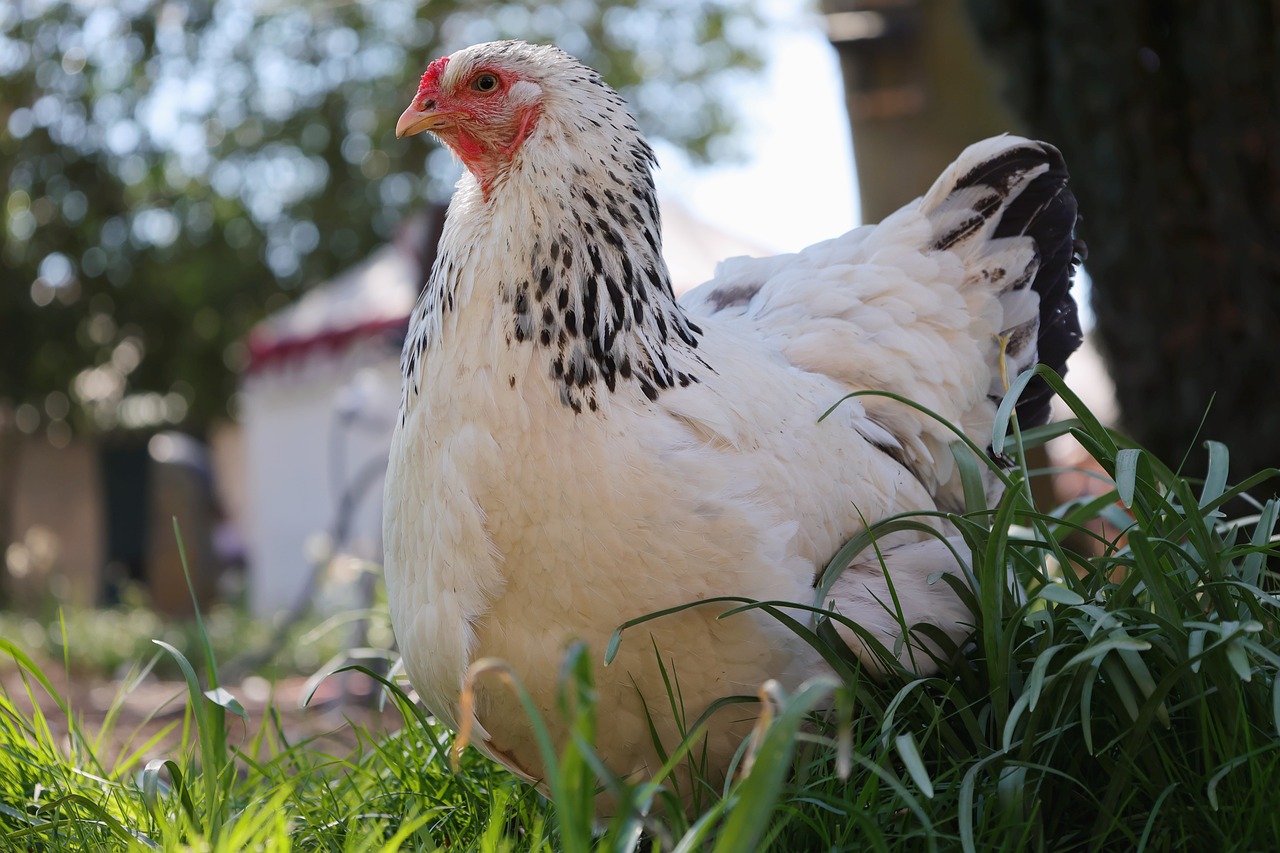How Long Do Chickens Lay Eggs?

Raising chickens for eggs is a rewarding endeavor for many backyard farmers and homesteaders. Understanding the lifespan of a hen’s egg-laying capabilities can help you plan your flock’s care and management effectively. So, how long do chickens lay eggs, and what factors influence their productivity over time?
Chickens typically lay eggs consistently for their first 2-3 years, with production gradually decreasing thereafter. On average, hens can lay eggs for up to 5-7 years, but the number and quality of eggs diminish significantly as they age.
Chickens are known for their ability to provide a steady supply of fresh eggs, making them a popular choice for both small-scale and larger poultry operations. However, the egg-laying potential of hens changes over time, influenced by factors such as breed, health, and living conditions. Understanding these dynamics is crucial for optimizing egg production and ensuring the well-being of your flock.
Peak Laying Years
The most productive egg-laying period for hens is usually within their first 2-3 years. During this time, a healthy hen can lay almost an egg a day, resulting in approximately 250-300 eggs per year. This peak productivity is largely due to the hen’s reproductive system being in its prime, supported by optimal health and proper nutrition.
As hens age, their egg production naturally begins to decline. By the time a hen reaches 4-5 years old, the frequency of egg-laying significantly reduces. While some hens may continue to lay sporadically beyond this age, the overall quantity and quality of eggs diminish.
Factors Influencing Egg Production
Several factors influence how long and how well a hen will lay eggs. Breed plays a significant role; some breeds are known for their high productivity, while others are better suited for meat production or ornamental purposes. Additionally, the health and living conditions of the chickens are crucial. Providing a balanced diet, clean water, and a stress-free environment can help maximize their laying potential.
Disease and parasites can also impact egg production. Regular health checks and preventive measures are essential to keep your flock in good condition. Moreover, hens require adequate daylight to maintain their laying cycles, typically around 14-16 hours of light per day. In regions with shorter daylight hours, supplemental lighting can help sustain egg production during winter months.
Extending Egg-Laying Period
While natural aging is inevitable, there are ways to extend the productive egg-laying period of your hens. One approach is molting management. Molting, the process where chickens shed and regrow feathers, often leads to a temporary halt in egg production. Proper nutrition and care during molting can help hens recover faster and resume laying.
Selective breeding and integrating younger hens into your flock regularly can also help maintain consistent egg production. By adding new layers each year, you ensure a steady supply of eggs while older hens naturally phase out of their peak laying years. This rotation helps balance the overall productivity of the flock.
Retirement and Care for Older Hens
Even after their prime laying years, older hens can still contribute to the flock in other ways. They can serve as excellent companions, pest controllers, and even provide natural fertilizer through their droppings. Proper care and attention to their health and well-being remain important, as older hens are more susceptible to health issues.
Deciding what to do with non-productive hens is a personal choice. Some chicken keepers choose to keep them as pets, while others may decide to cull them to make room for younger, more productive birds. Regardless of your decision, ensuring humane and respectful treatment of all animals in your care is paramount.
Conclusion
Understanding the egg-laying lifespan of chickens is essential for effective flock management and planning. While hens are most productive in their first few years, their contribution to the flock can continue in various ways as they age. By providing optimal care, managing molting, and regularly introducing new layers, you can maintain a healthy, productive flock for years to come.






